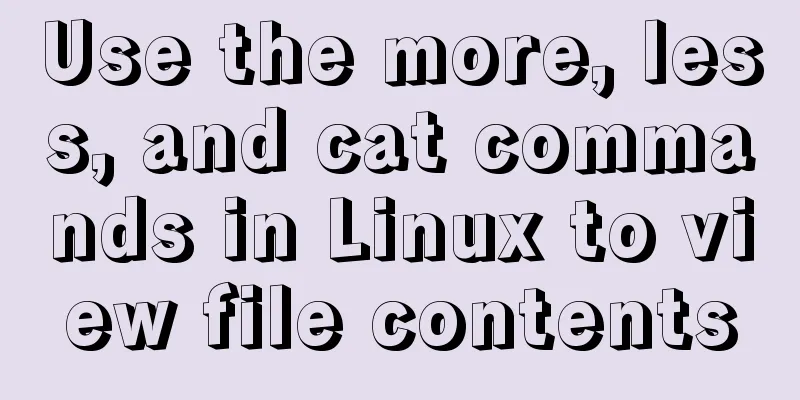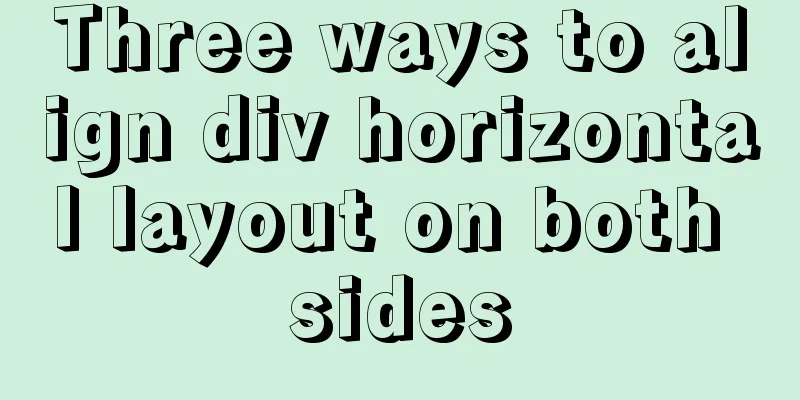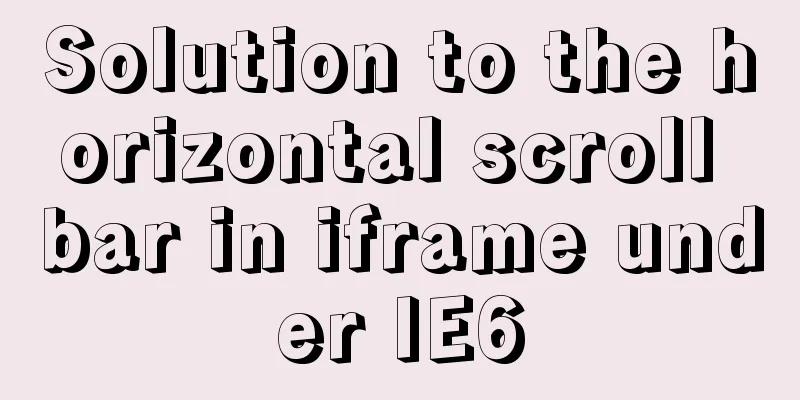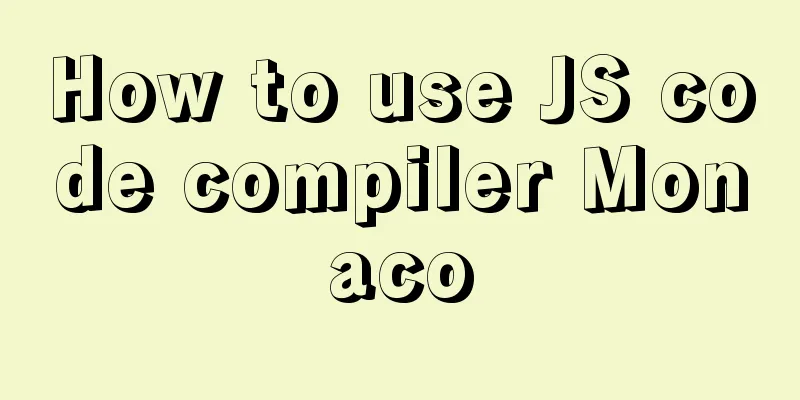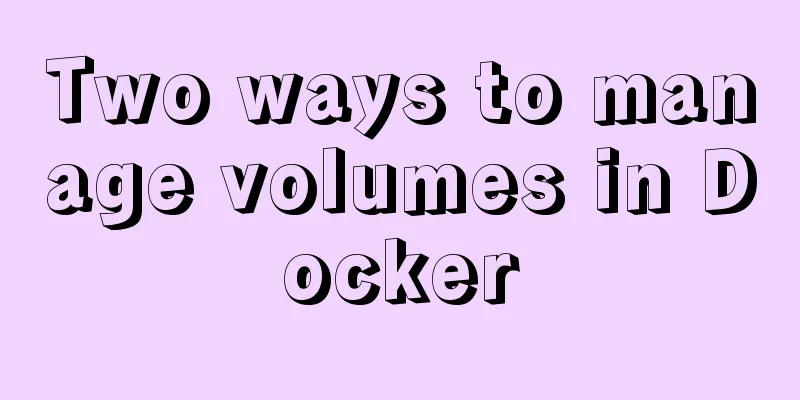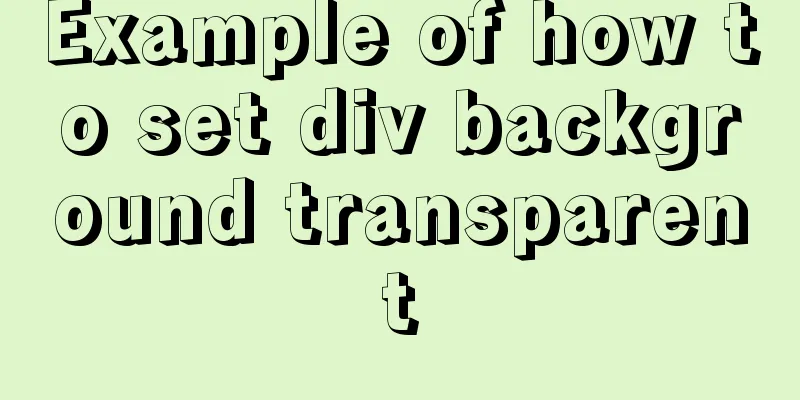Seven Principles of a Skilled Designer (2): Color Usage

|
<br />Previous article: Seven Principles of Skilled Designers (1): Font Design English Original Limit Your Colors <br />Part 2 of 7 Simple Rules to Becoming a Top Designer Limit your use of colors. It seems like the previous rule is asking you to limit your font usage, right? Absolutely right! The reason we limit our use of colors is the same reason we limit our use of fonts. Reducing the number of colors in our design will make it harmonious. Basically, everything will look consistent, like a sports team's jerseys or a company's logo. —We want the uniform (sportswear) to look like one color overall. As with choosing fonts, limiting the number of colors you use is a guideline, not a rule. You can use the colors of the rainbow very well in your designs and it will look great. But to begin with, you need a strategy for using color, and to stick with it. Make it a part of your design. For starters, let's talk about color value. The value of a color is how light or dark it is. For example, yellow is a very bright color and purple is a very dark color. Of course a color can have its color range. For example, purple is a color that most of us associate with dark colors, but purple can also be very bright. Here is an example of some colors and their associated values. Then, you can see a range of color values.  So one rule I use when working with color schemes is: make sure there is a range of color values in your color scheme. In any design you need some light colors and some dark colors for contrast. For example, if the background of your design is dark, you need light-colored text and pictures. In this way, text and pictures will be easier to read. Conversely, if you have a light background, you need a dark image, text or whatever. I also typically use only 2-5 colors to round out my color scheme. Reduce the number of choices and you will get a good result in your design. Here's an example of a color scheme I put together. As you can see, I used a dark color, a mid-tone color, and a light color. Starting just to the right, I created a value range for each color. These color combinations are like my color palette, which I will use in my design projects. Once I have this palette, I try my best to use only those colors.  Okay, so we’ve talked about some tips on color adoption, like how many colors you need to choose and what their values should be; so what’s the next step? I'll tell you what the next step is, and the hardest part; that is how to decide on those 2-5 colors! I personally think this is a difficult job sometimes. Here is a table of tips that help me come up with my color scheme: Determine a range of cool and warm tones . That is, using warm or cool colors. Warm colors include red, orange, yellow, brown, etc. Cool colors are blue and purple. I think green is a pretty middle of the road color. If you keep all the colors you choose in one hue, they will definitely be very harmonious. Get inspired at www.colourlovers.com <br /> This wonderful website is all about colour schemes. You just click through pages and pages of color schemes. Pay attention to your surroundings <br />Color schemes are everywhere around you. Look at the packaging at the grocery store, look at the paint colors at your local Starbucks, look at nature! If you see some pleasing colors, just make a mental note and see if you can copy it to your computer. Pay attention to existing company logo colors <br />I often use existing brand colors, I will look at their logo, color scheme and use that as my initial idea. And then maybe just add one or two colors. Here is a design I have completed that shows off the restricted color scheme.  As you can see, the tight color scheme and consistent fonts really keep everything organized. I know these lessons are pretty basic...but that's the basis of design. So, it never hurts a person to recover. The next 5 guidelines are coming up soon, and I promise the next 5 will be more interesting. Thanks! |
<<: MySQL join buffer principle
>>: Detailed description of HTML table border control
Recommend
Detailed basic operations on data tables in MySQL database
Table of contents 1. View the tables in the curre...
Specific method to add foreign key constraints in mysql
The operating environment of this tutorial: Windo...
MySQL dual-master (master-master) architecture configuration solution
In enterprises, database high availability has al...
How to make a tar file of wsl through Docker
I've been playing with the remote development...
The best explanation of HTTPS
Good morning everyone, I haven’t updated my artic...
CSS3 achieves conic-gradient effect
grammar: background-image: conic-gradient(from an...
How to install vim editor in Linux (Ubuntu 18.04)
You can go to the Ubuntu official website to down...
Analysis and Solution of ERROR:2002 Reported When MySQL Starts
Preface This article mainly introduces the analys...
Example code for building an admin dashboard layout using CSS and JavaScript
What you will create In this new tutorial, we'...
Pure JS method to export table to excel
html <div > <button type="button&qu...
Use CSS3 to implement button hover flash dynamic special effects code
We have introduced how to create a waterfall layo...
A brief discussion on the design of Tomcat multi-layer container
Table of contents Container Hierarchy The process...
Solve the problem that the IP address obtained using nginx is 127.0.0.1
Get ip tool import lombok.extern.slf4j.Slf4j; imp...
Docker-compose installation db2 database operation
It is troublesome to install the db2 database dir...
JavaScript to achieve dynamic color change of table
This article shares the specific code for JavaScr...
